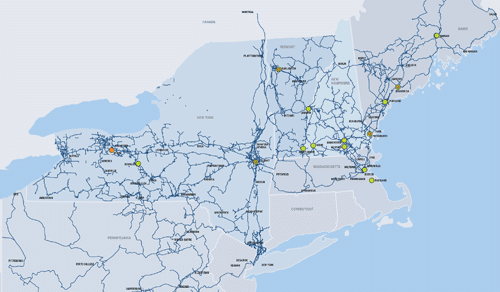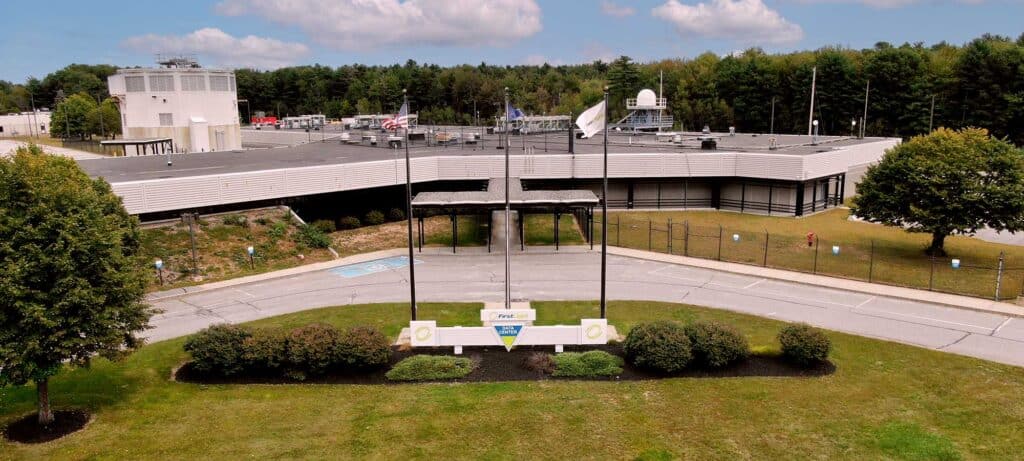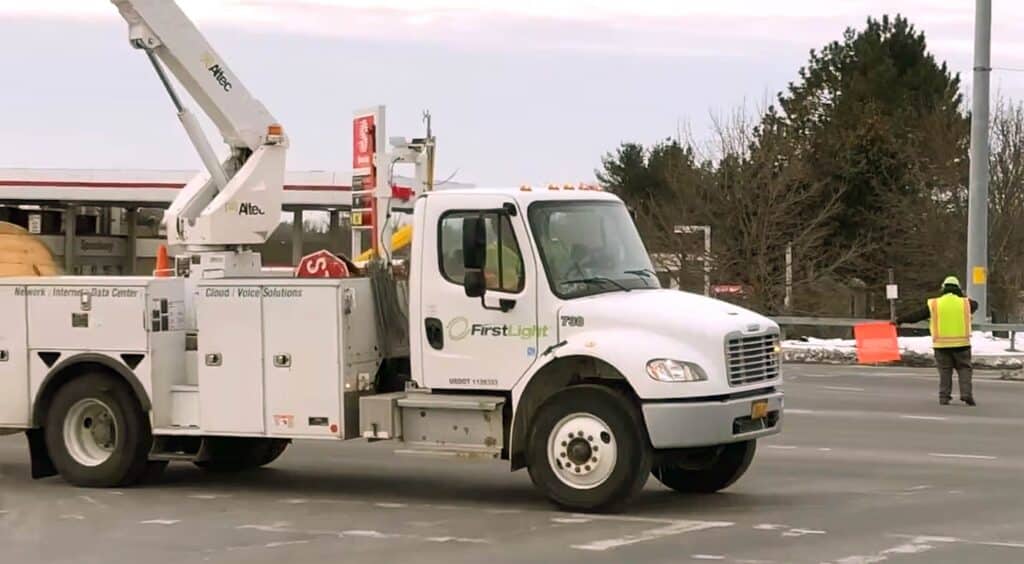In an era defined by digital transformation, the way organizations approach networking and security is evolving rapidly. One of the groundbreaking innovations in this space is SASE, or Secure Access Service Edge. SASE represents a paradigm shift in the way we think about network security, bringing together networking and security functionalities, primarily in the cloud, to meet the demands of today’s dynamic and decentralized business environments.
What is SASE?
SASE, pronounced “sassy,” is a concept introduced by Gartner in 2019. It represents a convergence of network security services into a single, cloud-native framework. The fundamental idea behind SASE is to deliver comprehensive security and networking capabilities from the cloud to the edge of the network. This approach is especially relevant in the context of the modern workforce, where employees are increasingly dispersed and accessing corporate resources from various locations and devices.
An important note is that SASE is a journey, not a single “one size fits all” solution. Its components coalesce to create a tailored, holistic networking and security strategy and many organizations progress along their SASE journey over time, and that’s expected. While it’s not always feasible to check all of the SASE boxes at once, it’s prudent for organizations to remain focused on implementing its components as resources allow. As the saying goes “the worst thing you can do is nothing.”
Key Components of SASE:
Software-Defined Wide Area Network (SD-WAN):
SASE incorporates SD-WAN capabilities, enabling organizations to optimize their wide area network (WAN) for efficiency and performance. SD-WAN allows for intelligent routing of traffic, improving application performance, reduced latency, and improved network visibility.
DNS-layer Security:
Each time you type a domain name into an Internet browser, Domain Name Systems (DNS) servers retrieve the associated internet protocol (IP) addresses. With DNS-layer security, DNS packets are inspected and requests to malware, ransomware, phishing, and botnets are blocked before a connection is established, stopping attacks in their tracks.
Secure Web Gateway (SWG):
Secure Web Gateway filters web traffic and enforces company policy. SWGs are designed to offer centralized security and ensure regulatory compliance. With SWG, unsecured or unwanted traffic will be blocked from hitting the internal network of an organization.
Cloud Access Security Broker (CASB):
CASB is a tool that sits between the user and the cloud infrastructure. It is a centralized enforcement point that can manage a variety of security policies. It is often a cloud-based tool designed to secure cloud-based assets. It contributes to data loss prevention and increased visibility and control.
Firewall as a Service (FWaaS):
FWaaS gives all the capabilities of a firewall, including monitoring and filtering traffic and blocking suspicious incoming and outgoing traffic, but it is delivered in the cloud. Leveraging a cloud-based firewall eases scalability and eliminates the need for a physical appliance, often reducing costs.
Zero Trust Network Access (ZTNA):
SASE adopts a Zero Trust security model, where trust is never assumed, and verification is required from everyone, regardless of their location or device. This is crucial for securing modern, perimeterless networks.
Benefits of SASE:
Improved Flexibility:
SASE provides the flexibility to adapt to changing business requirements and scale resources up or down based on demand. This is particularly valuable in dynamic and evolving business environments. Because the solution is cloud-based, scalability is substantially easier than having to purchase additional appliances before scaling.
Enhanced Security Posture:
By adopting a Zero Trust model and consolidating security services, SASE strengthens an organization’s security posture. This is crucial in the face of ever-evolving cyber threats. More centralized management and increased visibility also increase security posture. Any potential problems that arise are more easily noticed and resolved.
Optimized Network Performance:
SD-WAN capabilities in SASE contribute to optimized network performance, ensuring that critical applications receive the necessary bandwidth and low latency for seamless operation. Moving security features to the cloud where most applications live, also increases performance rather than having to VPN into a physical data center.
Simplified Management and Visibility:
The consolidation of networking and security services into a single cloud-native framework simplifies management, reducing complexity for IT teams and streamlining operations. IT professionals can feel comfortable with shifting efforts to other high priority responsibilities by having clear visibility into the status of their organization’s network and security.
Conclusion:
As organizations continue to navigate the complexities of the digital landscape, SASE emerges as a transformative solution that unifies networking and security. By embracing a cloud-native approach, integrating various security services, and adopting a Zero Trust model, SASE provides a robust foundation for the future of secure and agile business operations.
FirstLight’s mission isto future-proof your business by providing secure and agile solutions, which is why FirstLight offers a full SASE architecture for its customers. SASE is best implemented together from a single provider, but the reality is that organizations often have services from multiple providers, and that’s okay. FirstLight can meet you where you are and offer SASE components a la carte to round out your approach. As businesses evolve, FirstLight and SASE stand ready to help you meet the challenges of an interconnected and dynamic world.





















%20-%20FirstLight&r=&e=page_viewed&u=fbcfff1c-8f59-4908-a0b8-d94917d956c9-1745224058940)